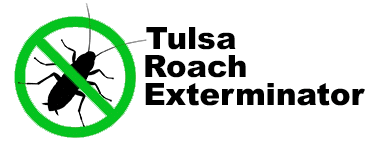Common pests in springtime can vary depending on the location and environmental conditions. However, some pests that tend to become more active during the spring months include:
Ants: As temperatures rise, ants become more active, often seeking out food sources in homes and gardens.
Termites: Spring is typically the time when termites swarm to reproduce and establish new colonies. It’s important to be vigilant for signs of termite activity, such as discarded wings or mud tubes.
Mosquitoes: Warmer temperatures and increased rainfall can lead to a surge in mosquito populations during the spring months.
Flies: Flies tend to become more active in the spring, especially around areas with decaying organic matter or food sources.
Bees and Wasps: As flowers begin to bloom, bees and wasps become more active in search of nectar. Nests may also be established in or around buildings, posing a potential stinging hazard.
Ticks: With the arrival of spring, ticks become more prevalent, particularly in wooded or grassy areas. It’s essential to take precautions to prevent tick bites, especially if spending time outdoors.
Fleas: Flea populations can increase during the spring months, especially if there are pets in the household that spend time outdoors.
Cockroaches: Cockroaches thrive in warm and humid conditions, making springtime an ideal time for them to become more active, especially in urban areas.
To mitigate pest problems during the spring, it’s essential to maintain cleanliness, eliminate potential food and water sources, seal entry points into buildings, and consider professional pest control services if necessary.
